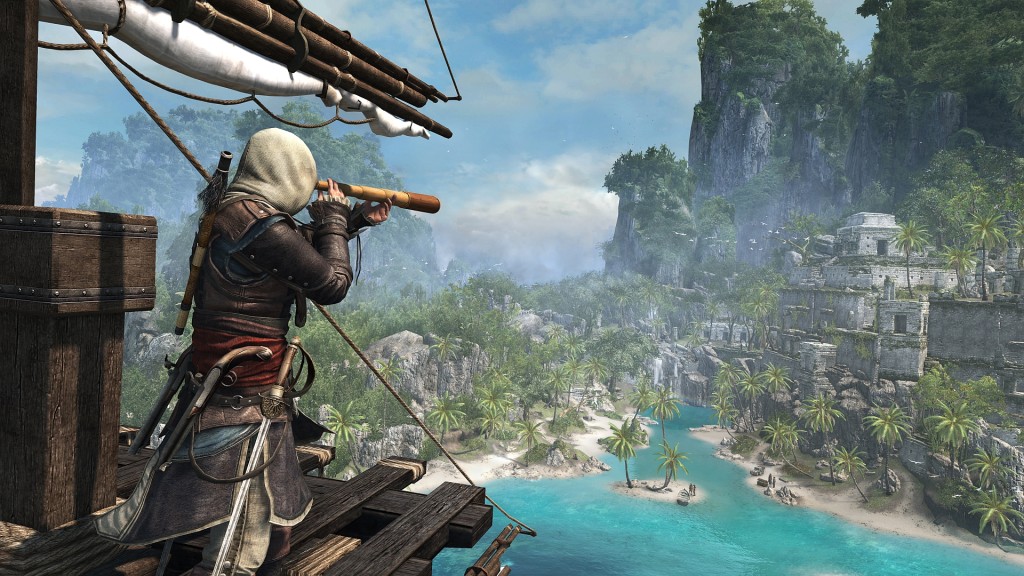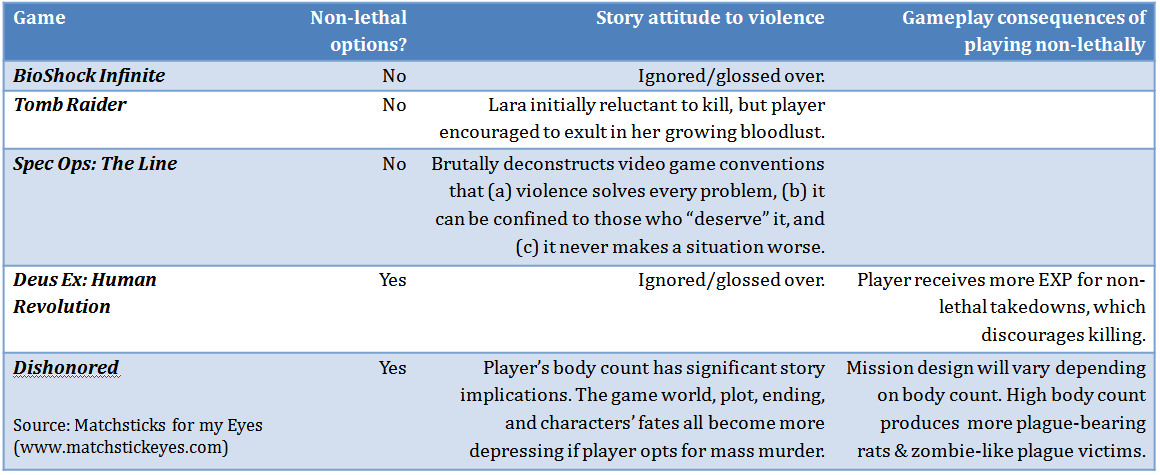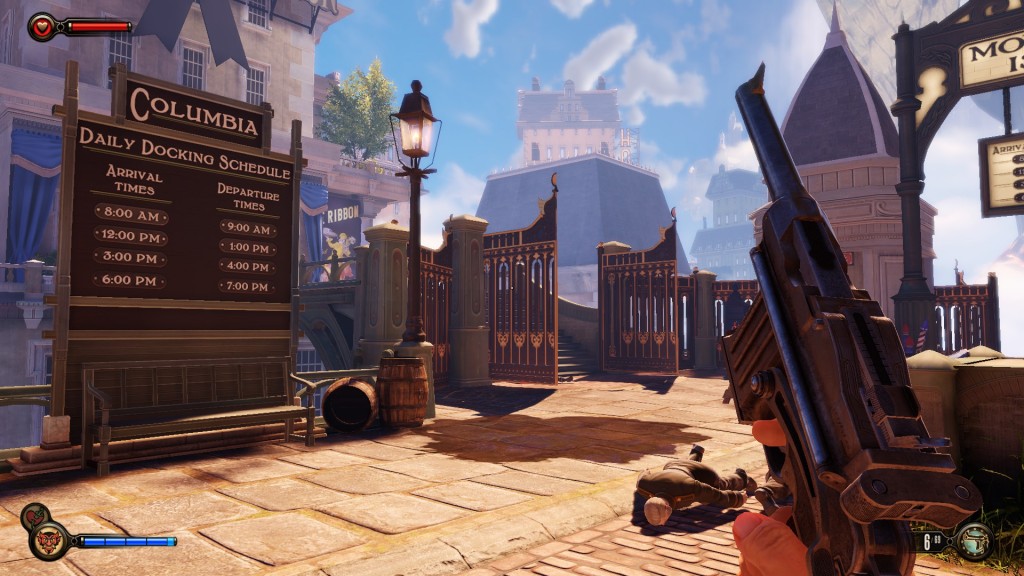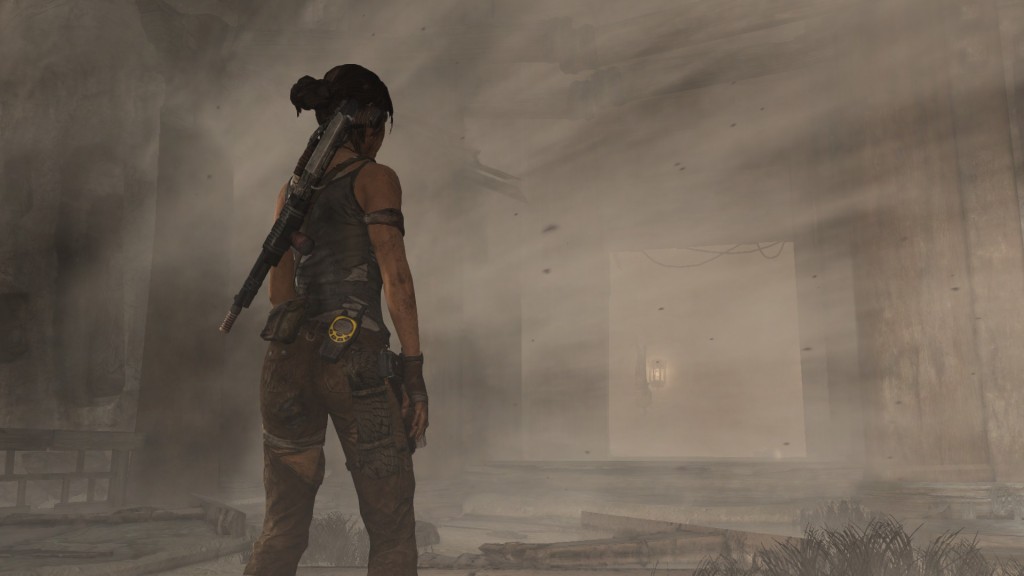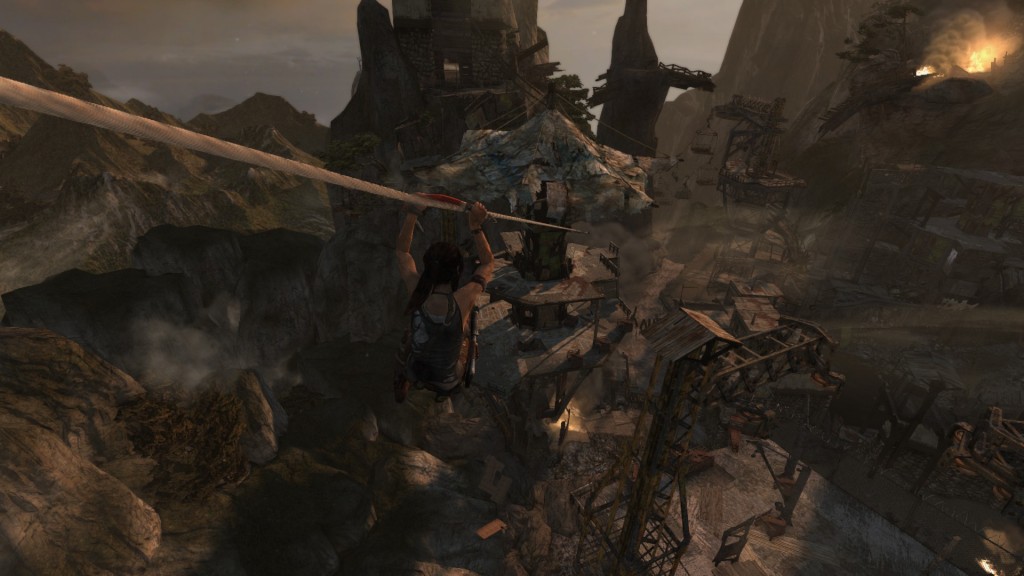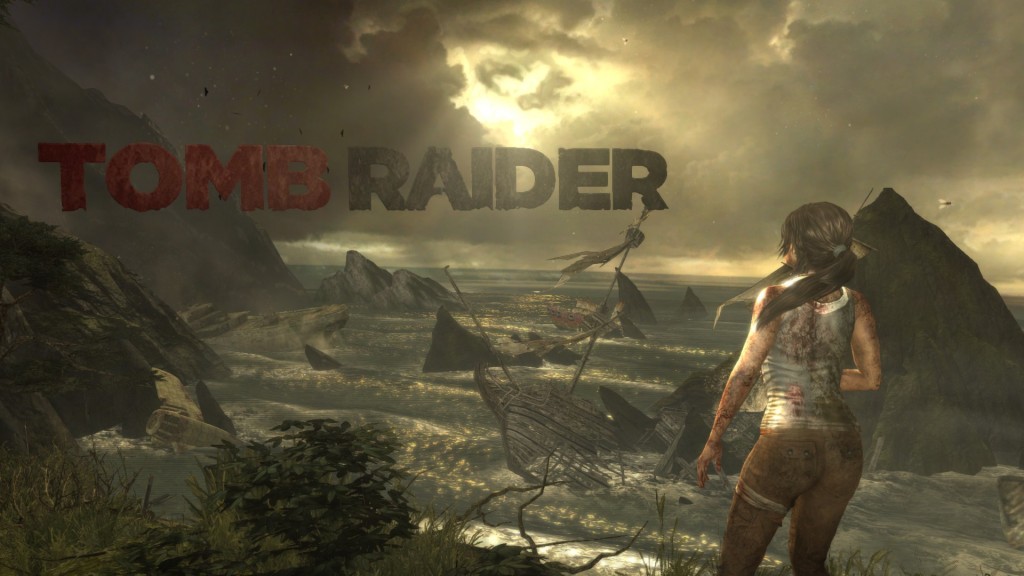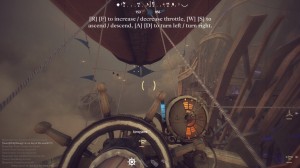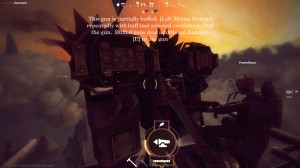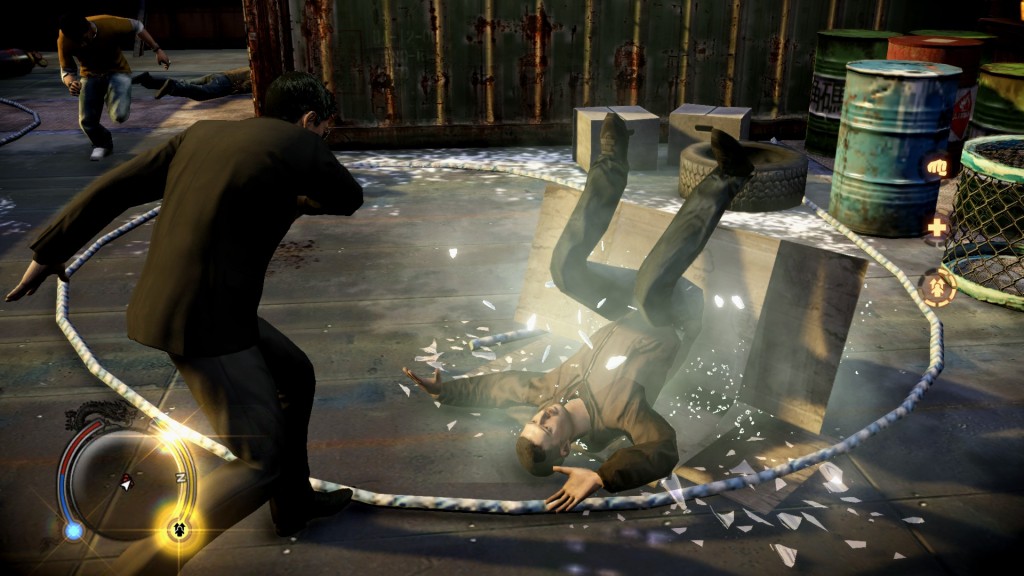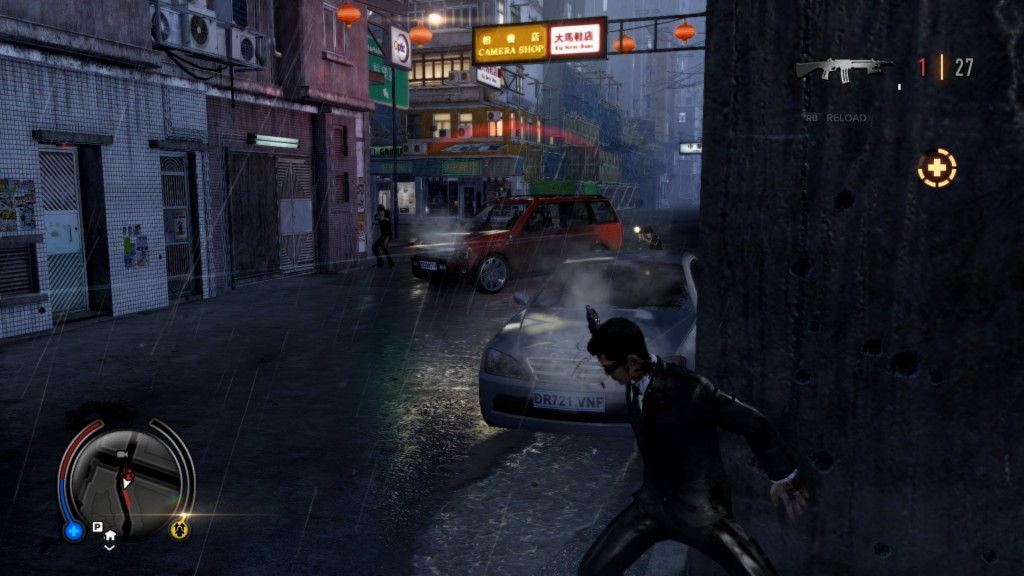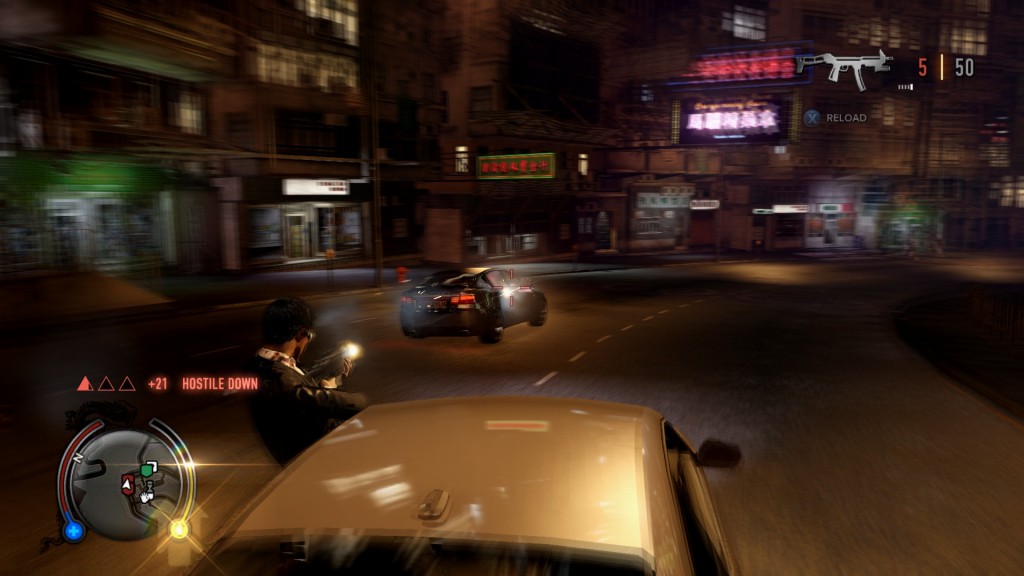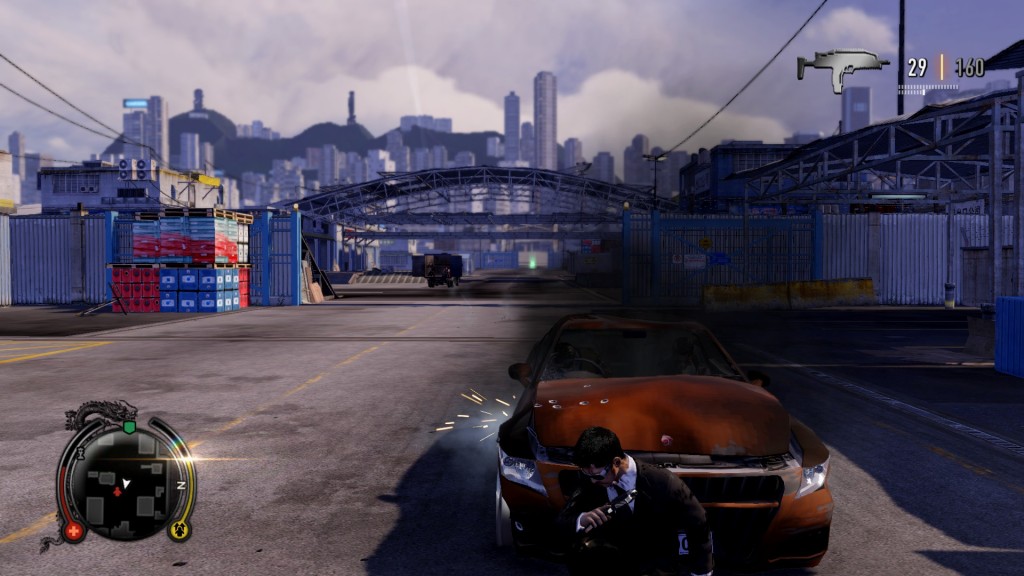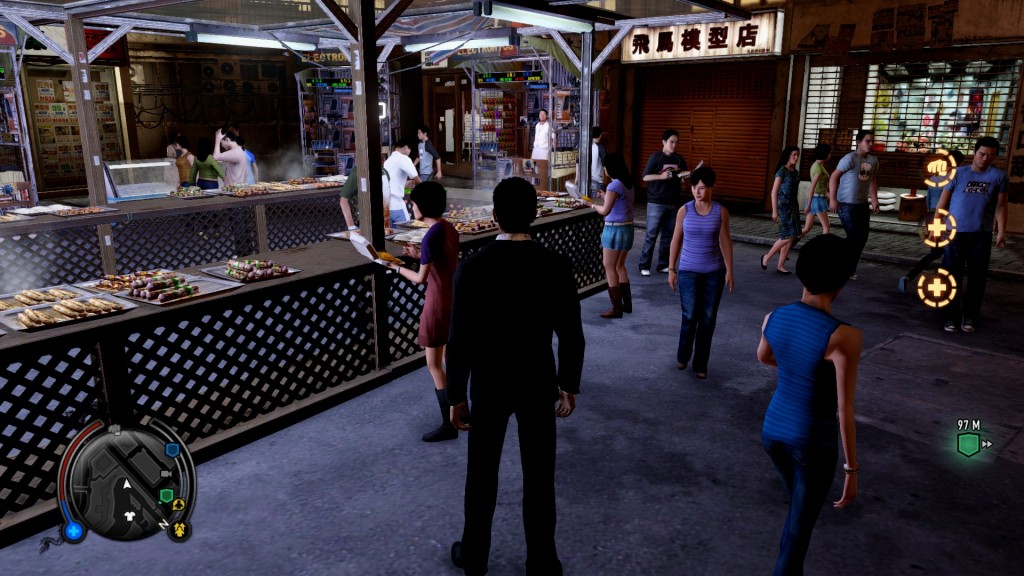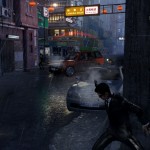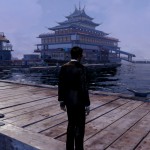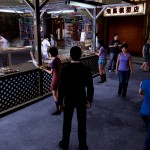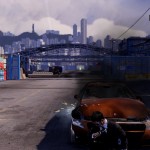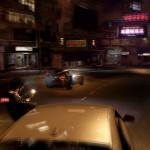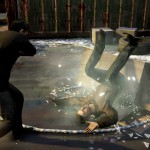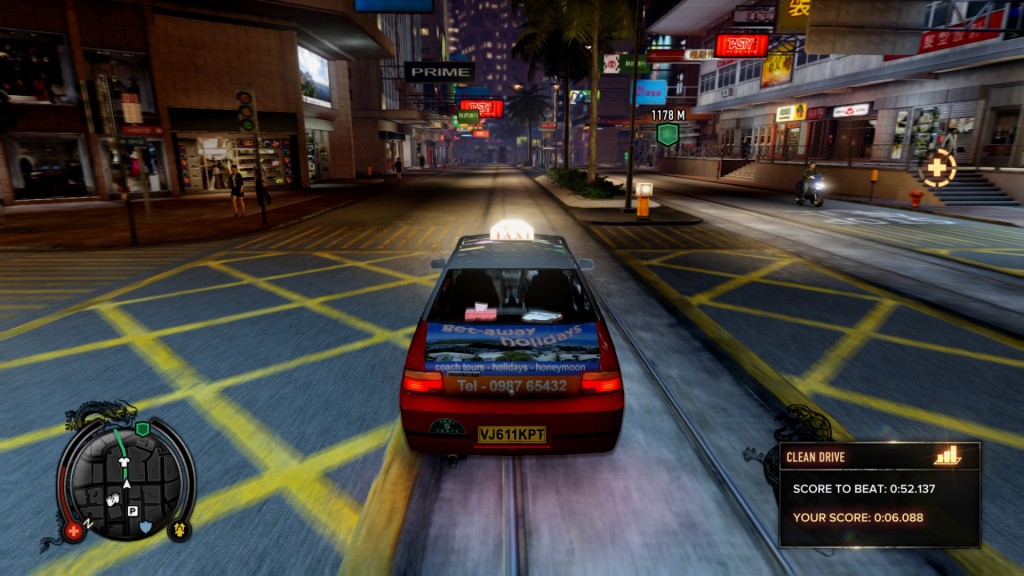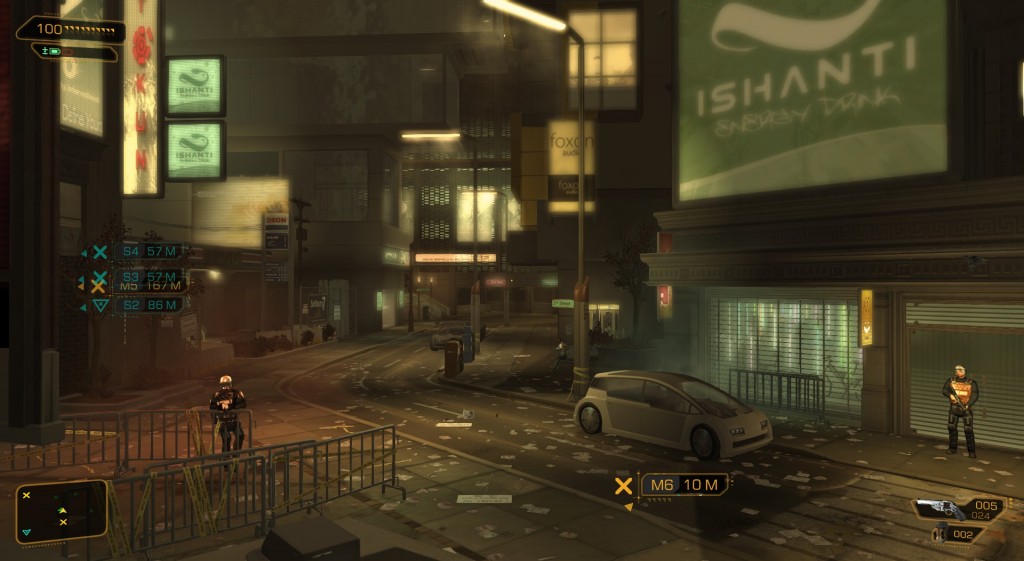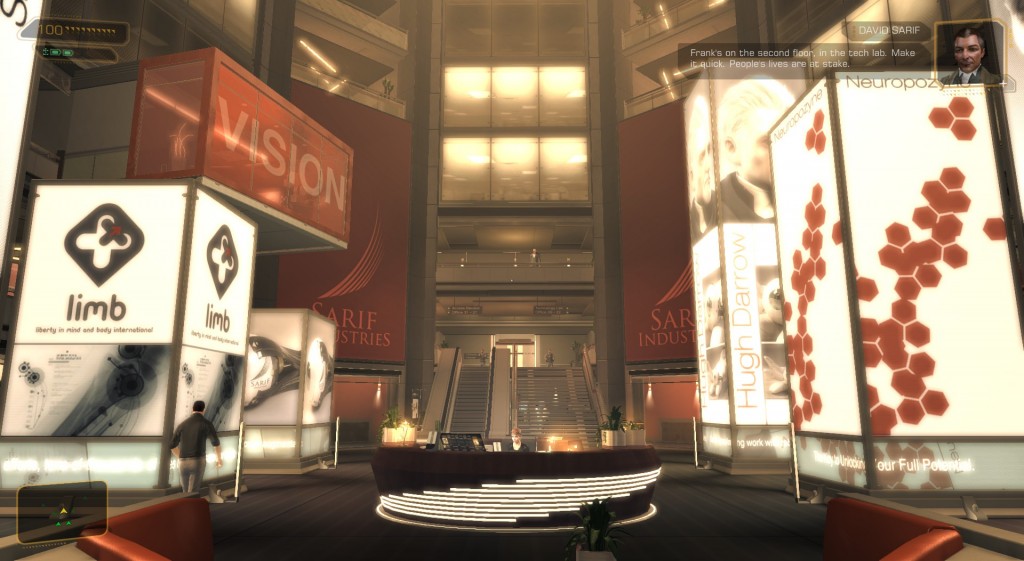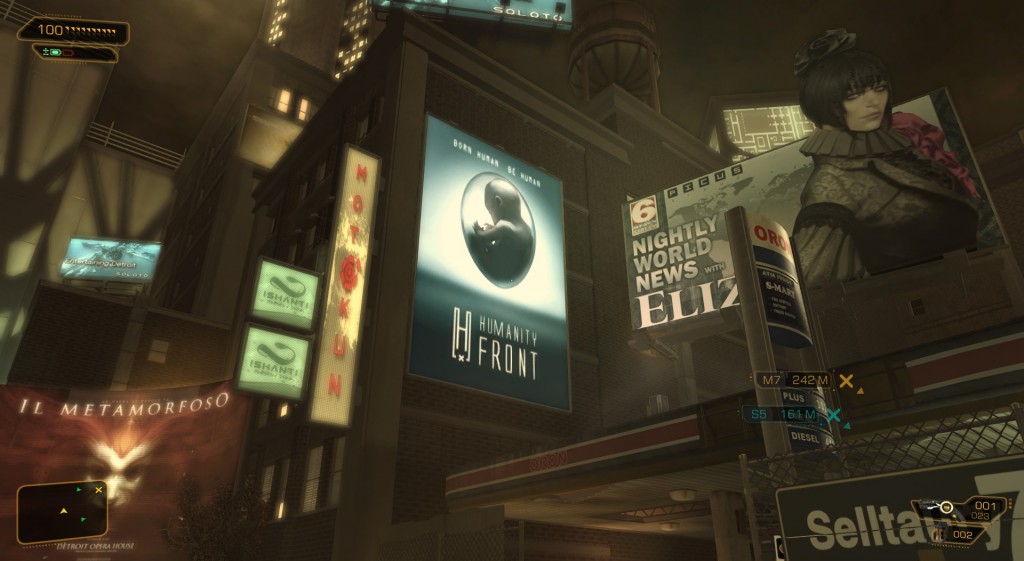Indiana Jones and the Great Circle is a wonderfully atmospheric first-person game that impressed me nearly from the start. I am enjoying it much, more than I thought I would, thanks to its focus on exploration, its rich and vivid environments, and its attention to detail.

What do you do in the game?
To steal a phrase, I could best describe Great Circle as an “Indy simulator”. It involves a mix of:
- Narrative and cutscenes;
- Stealth action — dodging or knocking out guards.
- Navigating the environment and searching for a way to reach the next objective — for instance, across a rooftop or through a tunnel.
- Solving puzzles, including one that required me to take out a pen and paper to solve a cypher (the cursive handwriting was the trickiest part);
- Helping NPCs with quests;
- Finding secrets and collectibles. These include landmarks that Indy can photograph, such as the ceiling of the Sistine Chapel.
Different areas and sequences, or different sub-locations within an area, focus on different parts of this mix. For example, the Vatican is the game’s first major hub and includes everything, whereas the preceding Castel Sant’Angelo is a pure stealth action area.


My fear was that the game would be too combat-centric, but that hasn’t been the case at all. Playing on normal, and taking basic precautions such as sticking to cover in restricted areas and looking for improvised weapons in the environment, so far I can beat regular guards via stealth KOs or, if that fails, by mashing buttons. Optional challenges are harder — there is a boxing competition side quest where I can’t get past the second opponent. Perhaps I should come back later? (Hilariously, every time Indy is knocked out, the announcer says things such as “Defeat builds character!” and “At least you tried!” I wonder if he’s addressing Indy or the player?)

What do I like about it?
Great Circle is full of atmosphere, rewarding the player for discovery and exploration.
What made me fall in love with the game was Marshall College, the fictitious institution where Indy teaches. It feels like a warm, cosy place of learning, complete with a small museum (you can even read the placards if you look closely!), a student lounge, and flyers advertising a chess club.

If Marshall College was the appetiser, the Vatican — where I currently am — is a main course. Its in-game visuals are sumptuous, from its architecture to the artwork on the walls, and prompted me to look up some of the real-life landmarks that appear in the game. On a more down-to-earth level, the little details are just as impressive: the boxing ring is crowded with cheering spectators, the intruding Blackshirts have a laundry tent (where I stole a disguise), and even the food — such as biscotti and cornetti — is lovingly detailed.
The voice acting and the dialogue also deserve praise. Again, the game wowed me as early as Marshall College, when Indy’s friendship with Marcus Brody shone through.
A final, related note is the humour. Some of the NPC chatter has made me laugh aloud — and several cutscenes (Indy joining the boxing competition and being roped into hearing a confession) made me roar.
Conclusions
So far — I’m near the end of the Vatican — Great Circle is excellent. Arguably, it fulfills the promise of Assassin’s Creed better than that series did — a lavish, AAA exploration of stylised historical settings.
If future areas live up to this standard, this will be Game of the Year material.
Further reading
Great Circle has excellent review scores — Metacritic 87, Opencritic 87.
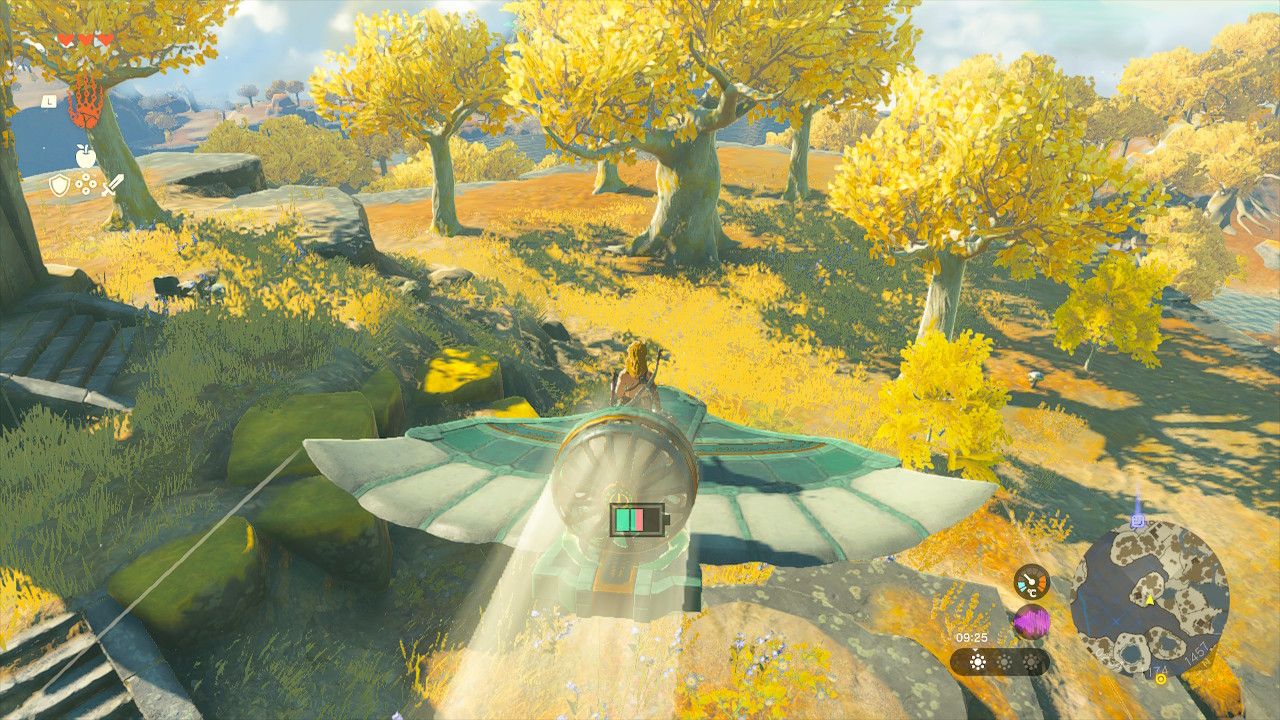
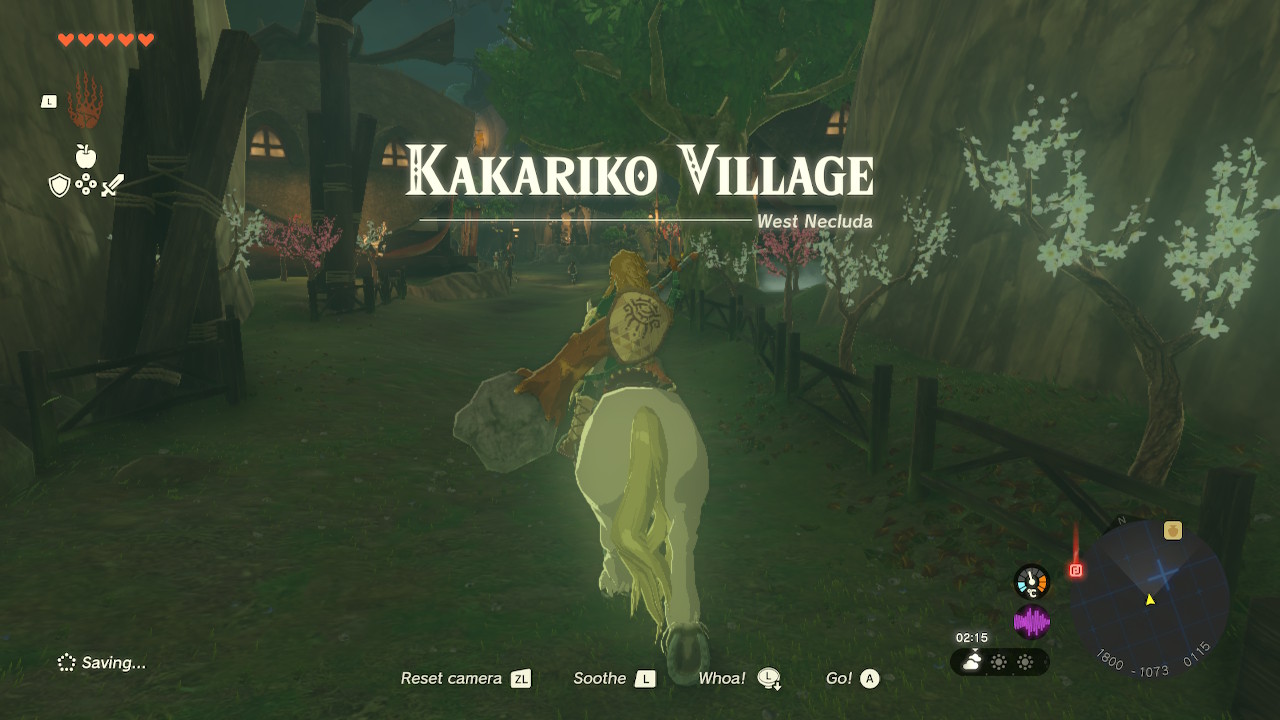
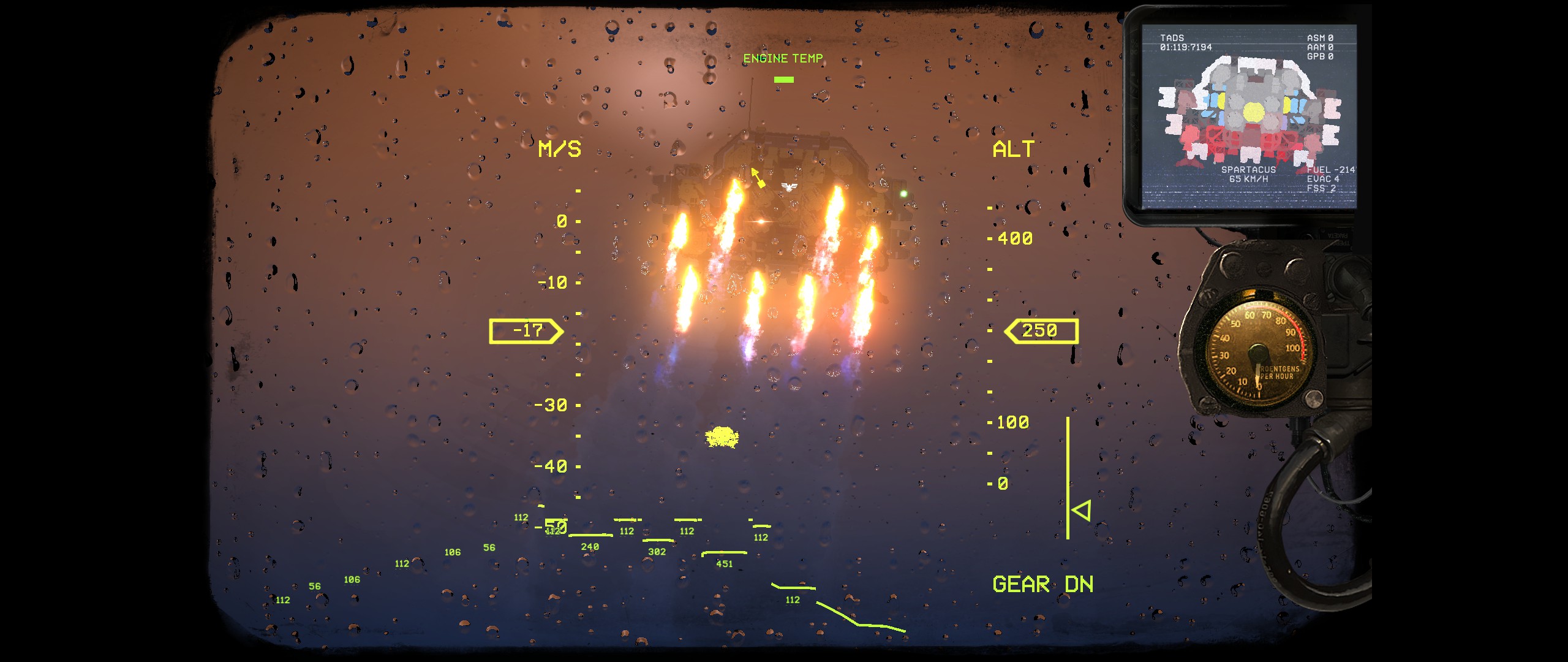
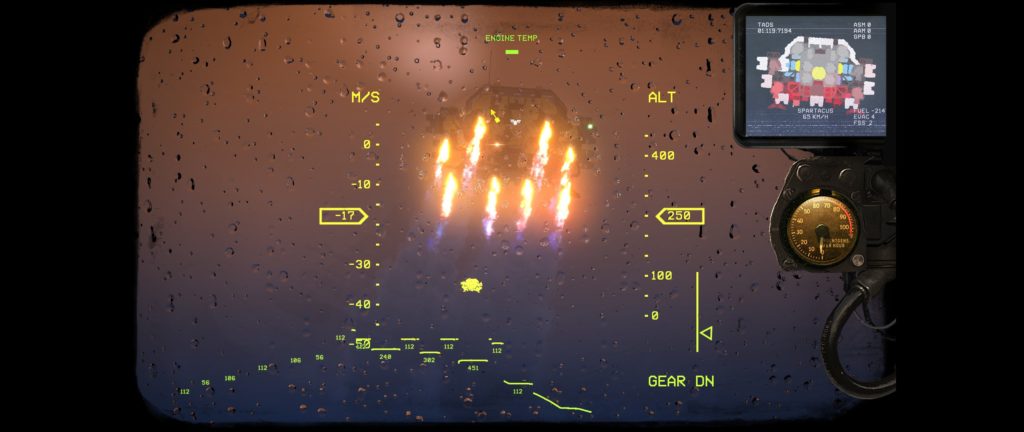
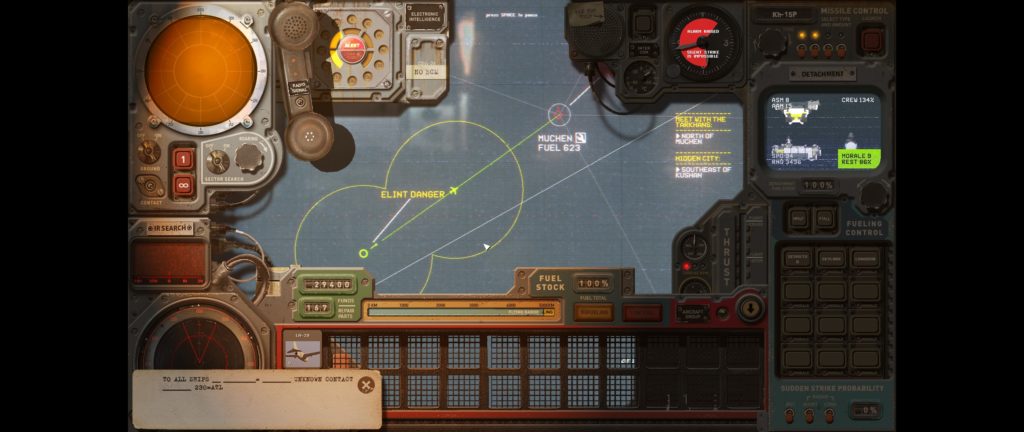
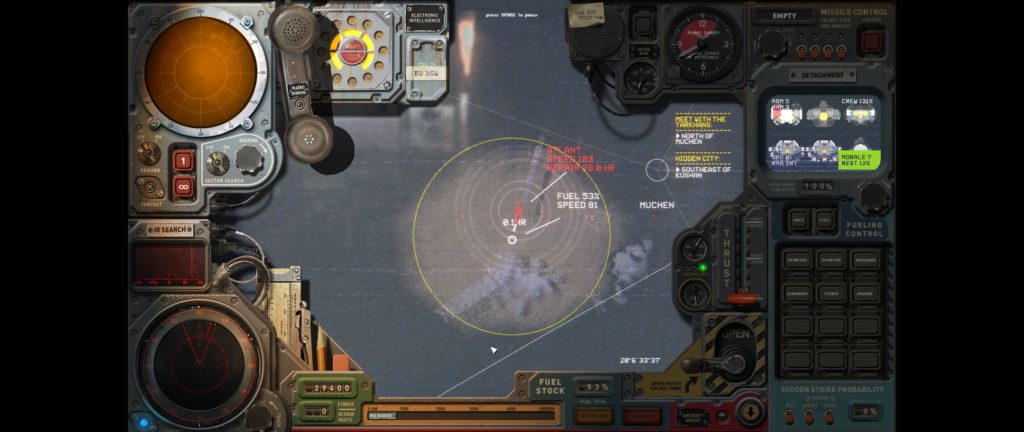
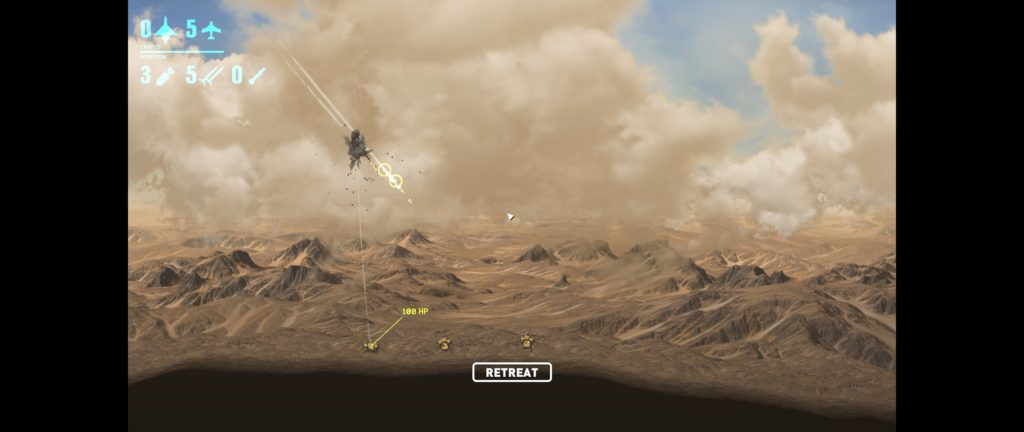
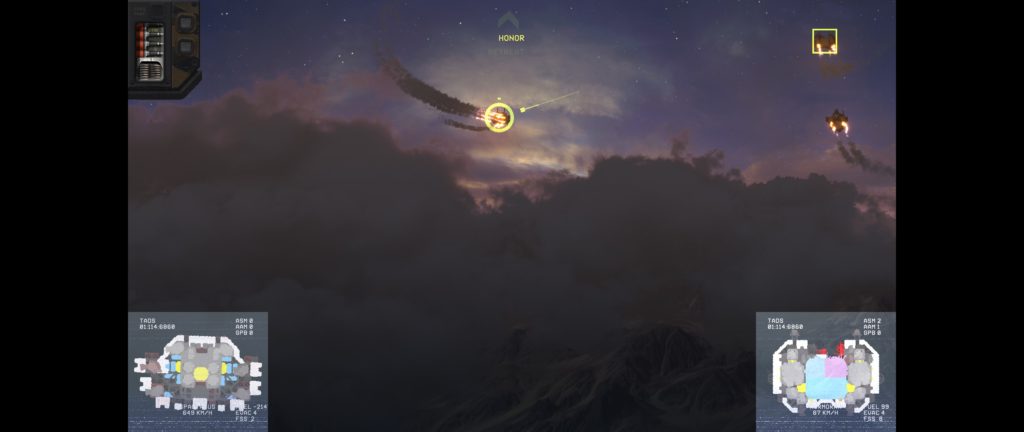
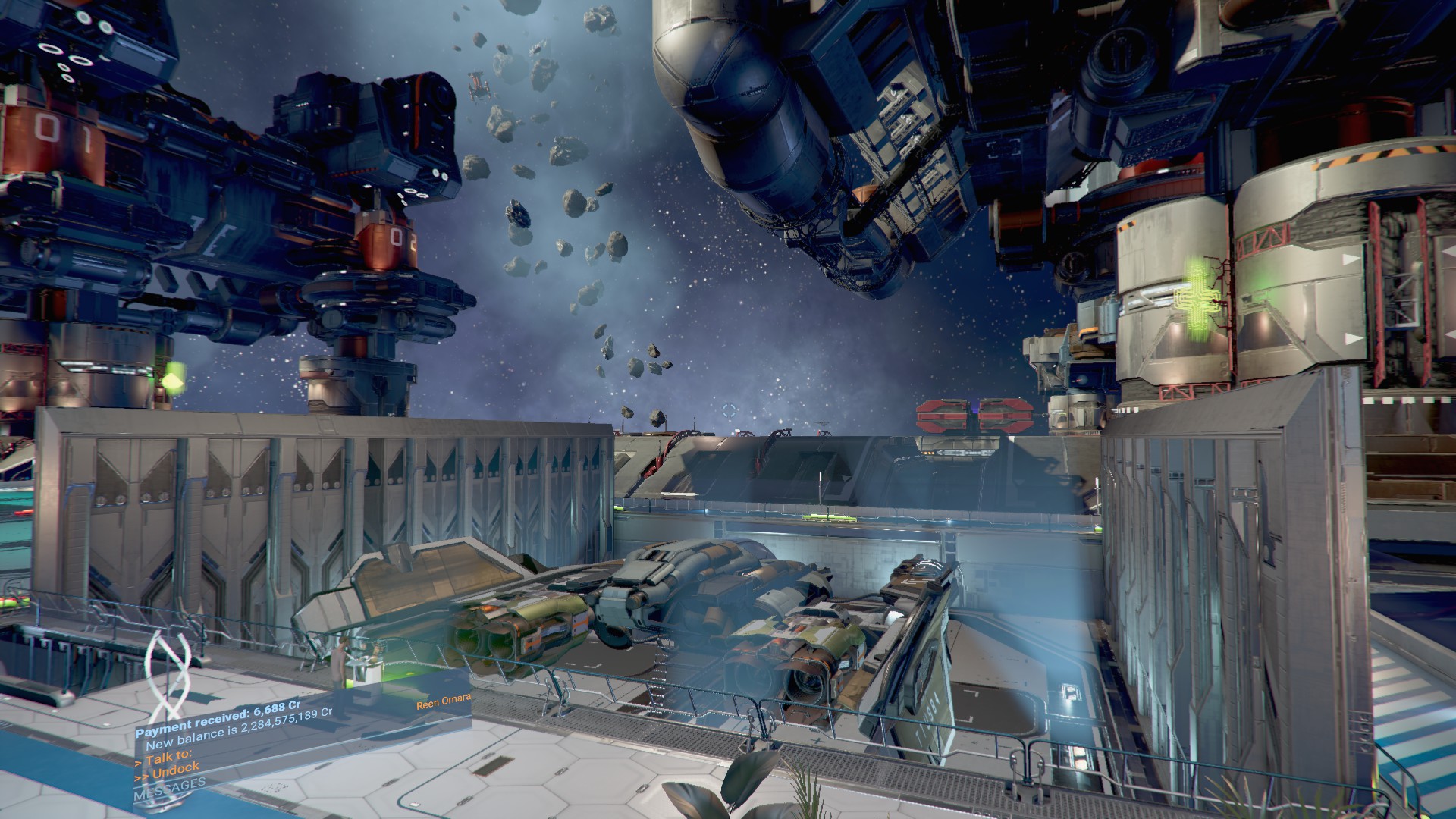
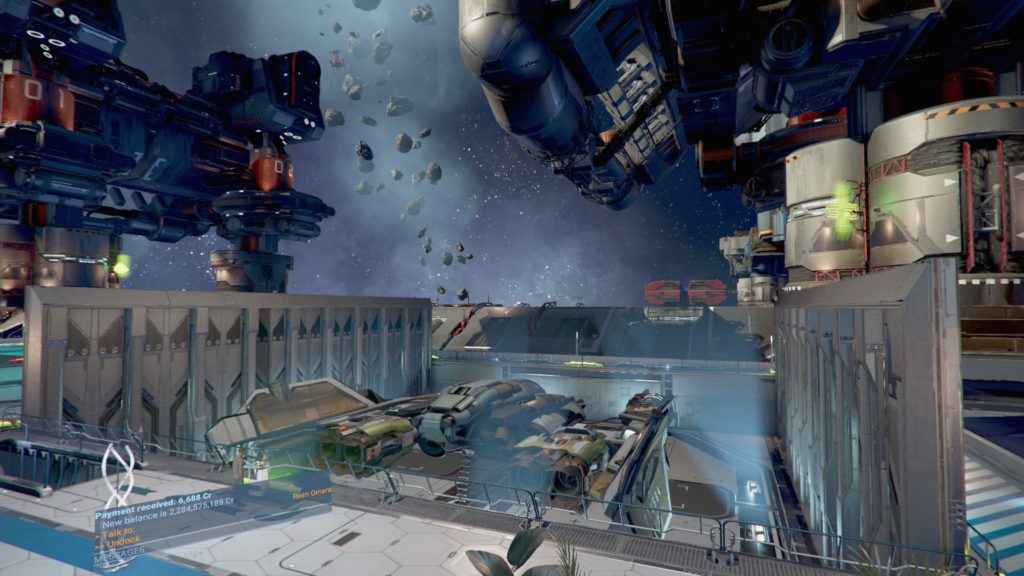
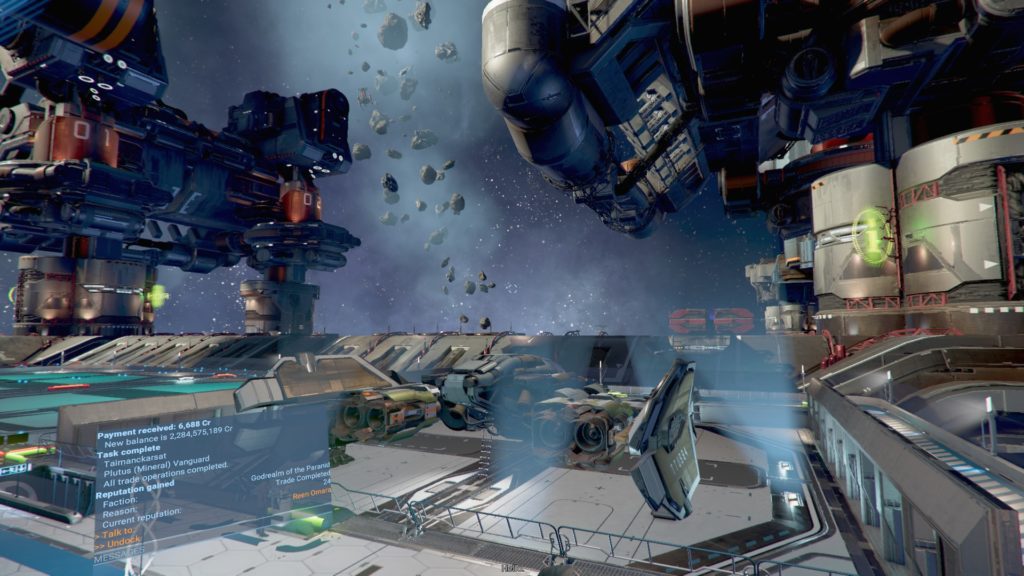
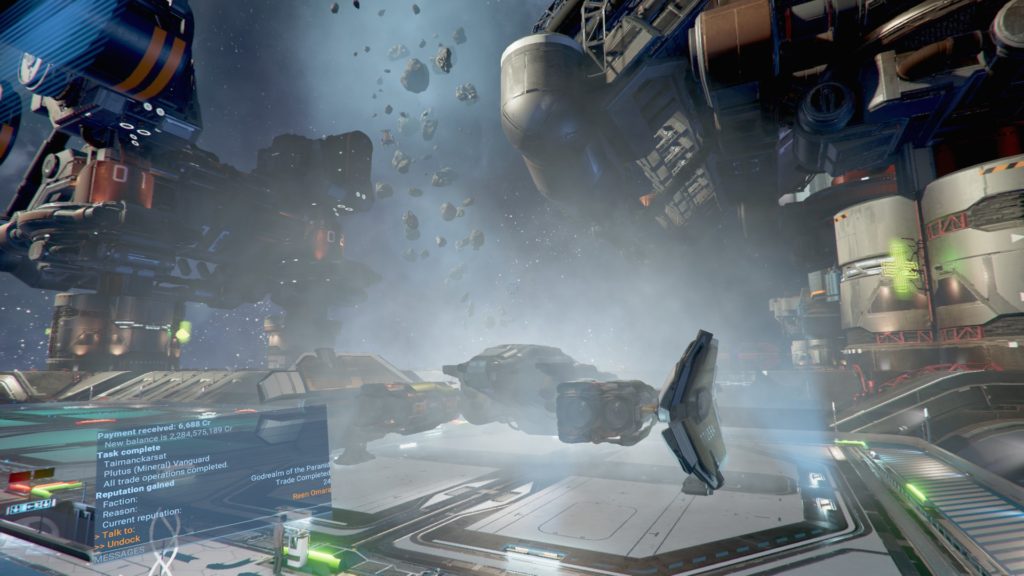
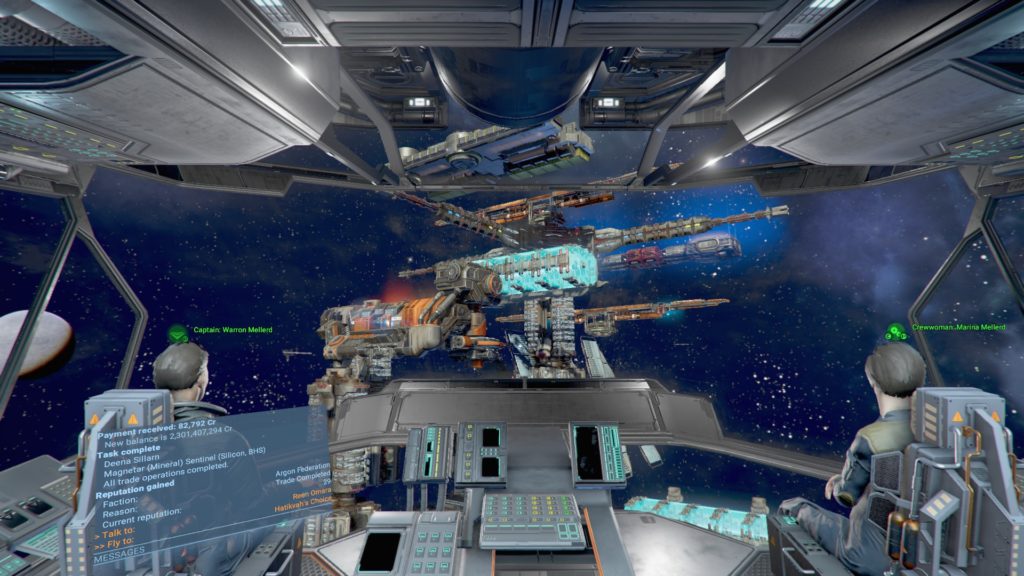
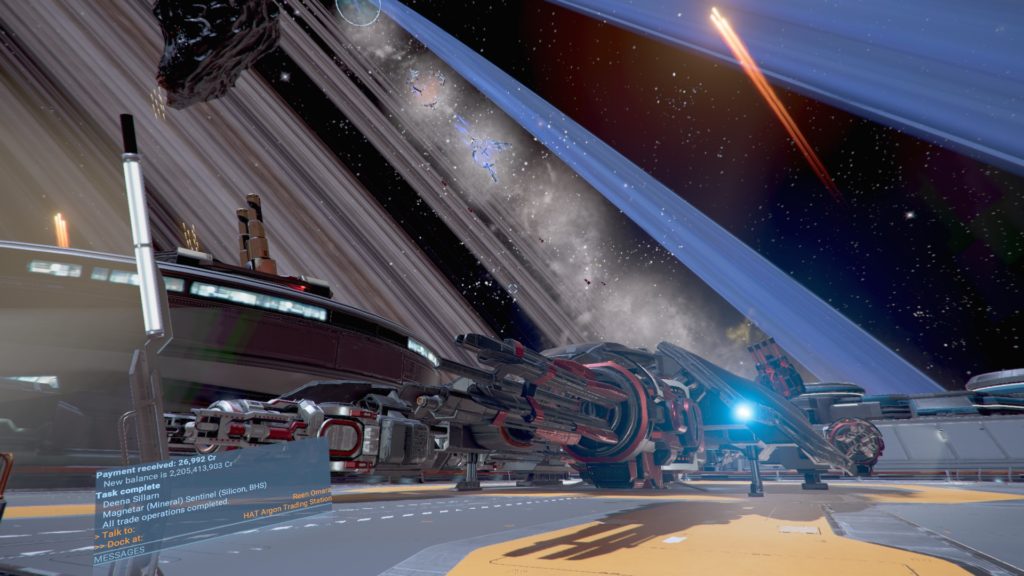
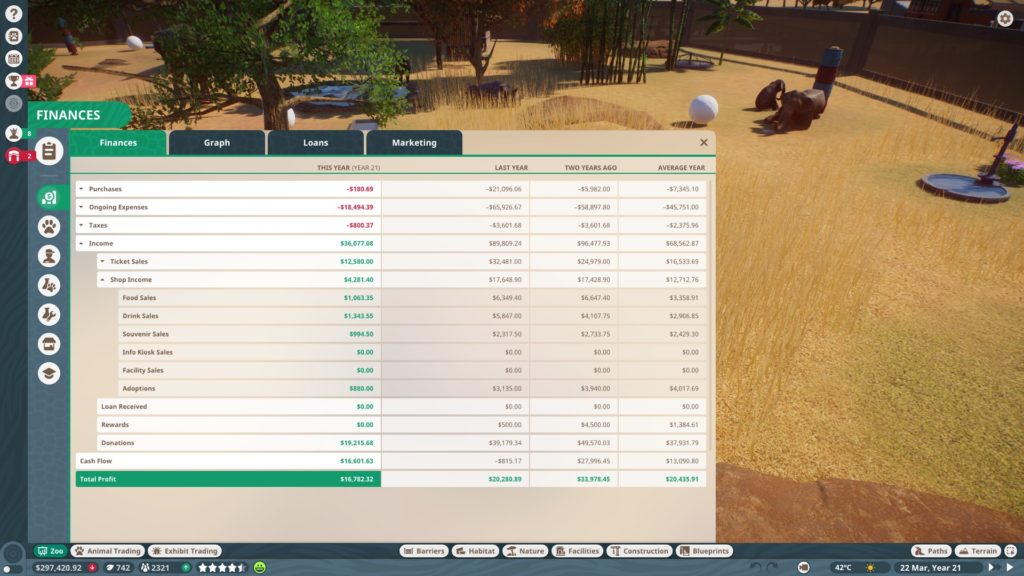

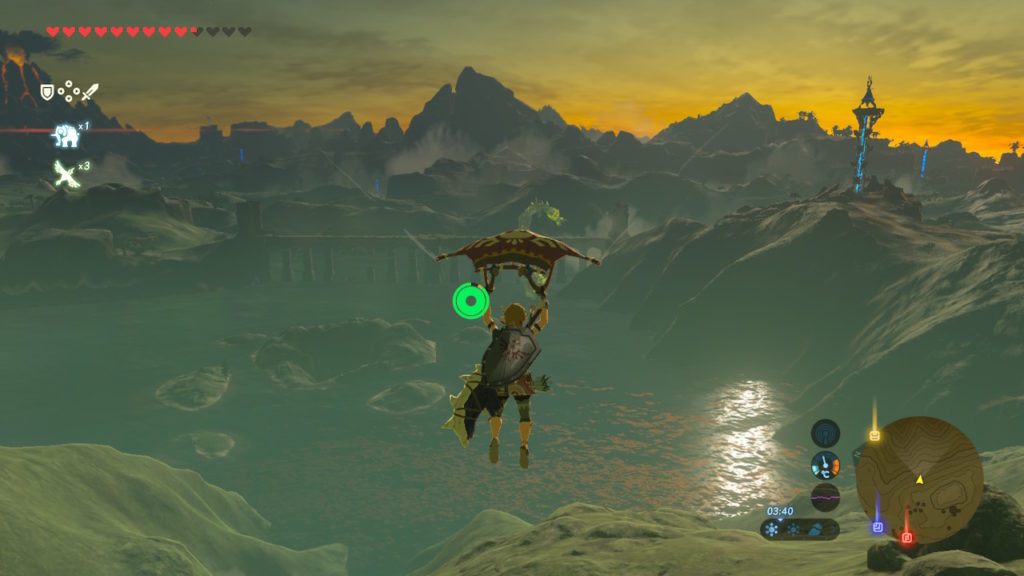
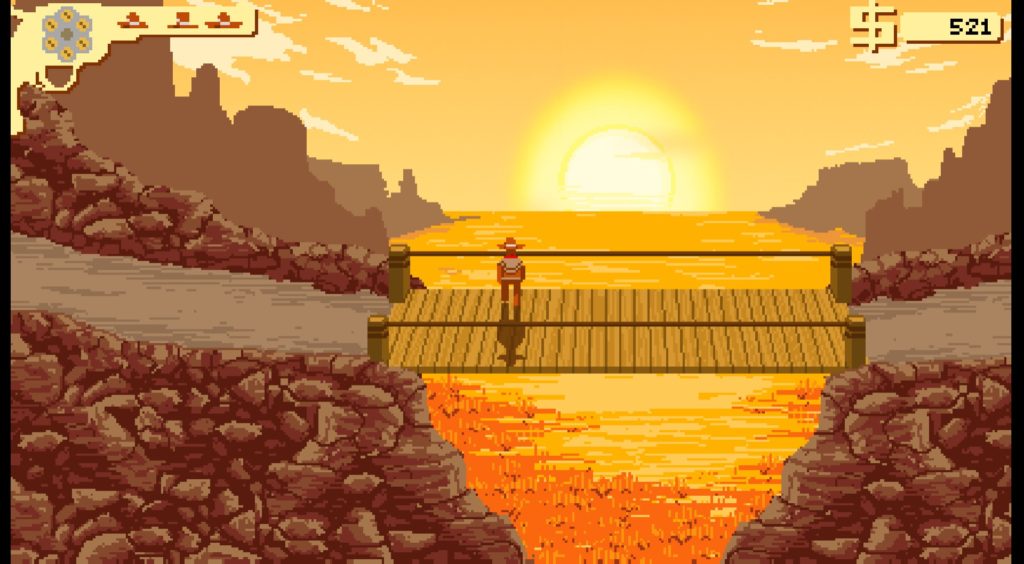
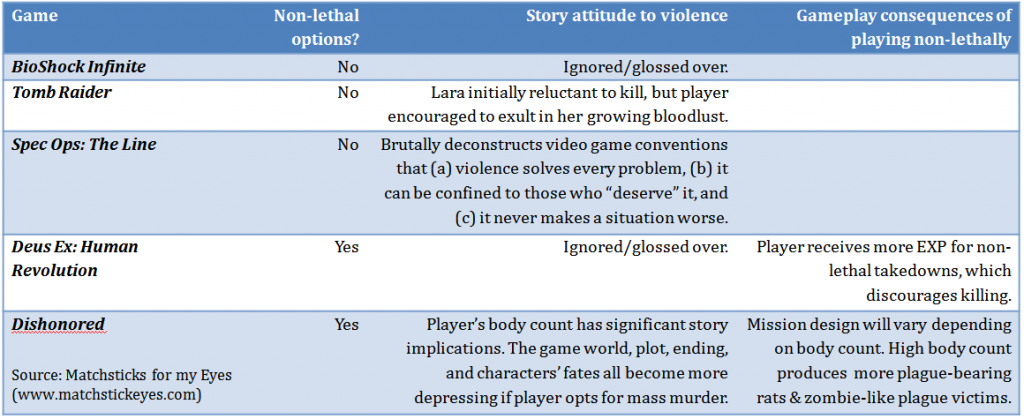 Read more here
Read more here